Although CERA was not able to squeeze a trip to the East Troy Electric Railroad into our busy schedule of 75th Anniversary events, we naturally support their efforts in keeping this very historic line running. The six miles of electric track between East Troy and Mukwonago is the last remaining vestige of an extensive interurban system in the southeast part of Wisconsin.
What is an “interurban?” We will write more about that in future posts, but at its heart, it means a railway, generally electric, running between cities in the early part of the 20th century, before autos and highways predominated. The interurban era in Wisconsin came to a close in 1963, when the Chicago, North Shore & Milwaukee ceased operating. But the trackage between East Troy and Mukwonago has been in more or less continuous use from 1907 to today- a remarkable history, but one not without a few bumps in the road, both literal and figurative.
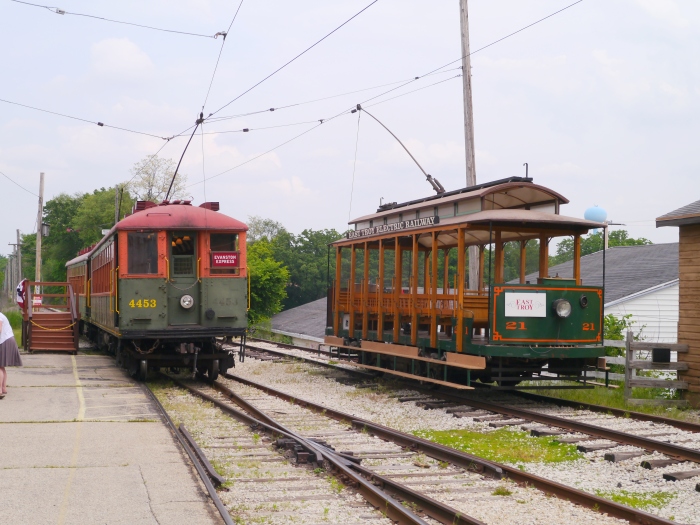
Chicago Rapid Transit cars 4453 and 4420, built in the early 1920s, with replica open car from 1975, at the East Troy depot. (Photo by David Sadowski)
When passenger service to Milwaukee ended in 1939, the city of East Troy bought the six miles of line to Mukwonago, in order to keep trolley freight operations going serving local industry. In 1970, the Wisconsin Electric Railway Historical Society, Inc. (TWERHS) moved its operations to East Troy with the intention of running a railway museum there. The East Troy Trolley Museum operated from 1972 to 1984, when East Troy cancelled their contract. The group had experienced some infighting, and East Troy questioned their ability in continuing to operate the museum, which was then still sharing the tracks with freight operations.
Over time, the TWERHS historical collection was removed from East Troy, and much of it eventually sold to the Illinois Railway Museum and the Fox River Trolley Museum. However, TWERHS still exists and continues with other activities.
A new group, the East Troy Electric Railroad, was formed, in part with some members from the old group, and has continued trolley museum operations since 1985. You can read the entire history of the line here. Over time, East Troy sold the railroad to the museum. Freight operations were dieselized in 1970 and ended some years ago.
The museum’s collection includes a number of different passenger and work cars. Two former Chicago “L” 4000-series “L” cars provide much of the service, along with some Chicago, South Shore and South Bend interurbans of similar 1920s vintage. A Sheboygan interurban car from 1908, which had served as a family summer cottage for 50 years, was finally restored to former glory in 2005 and is a particular standout of the collection.
You can also read more about the history of the East Troy collection here, although this page on Don’s Rail Photos is still under construction.
Double-ended cars work best on the line, which does not have turning loops at the ends. Two single-ended PCC cars that had been acquired by the East Troy group were sold to Kenosha in 2011, where we are likely to ride at least one of them on our September CERA fantrip there.
Unlike many museum operations whose tracks end in the middle of nowhere, the trolley takes you to the Elegant Farmer in Mukwonago, where you can buy pies, cheese, deli meats, sandwiches, or drink a cup of coffee while waiting for the return trip to East Troy. The railroad also operates a schedule of dinner trains during the summer.
Having lasted more than a century, we hope the line between East Troy and Mukwonago will continue into the next one. If it is to do so, however, it will need both your help and continued support. Several pieces of equipment, including CNS&M car 761, are currently inoperable and in need of extensive restoration. And there are, as I mentioned, a lot of bumps in the roadbed, which could probably use rebuilding. I understand the overhead wire is original to the line and that too could use some replacement.
The railroad has a wonderful depot and gift shop in the original substation, which is on the National Register of Historic Places. I hope you will agree with me that a trip to East Troy is always a good thing. The museum has some enthusiastic young volunteers who seem ready to carry the torch and ensure that the East Troy Electric Railroad has a bright future.
-David Sadowski
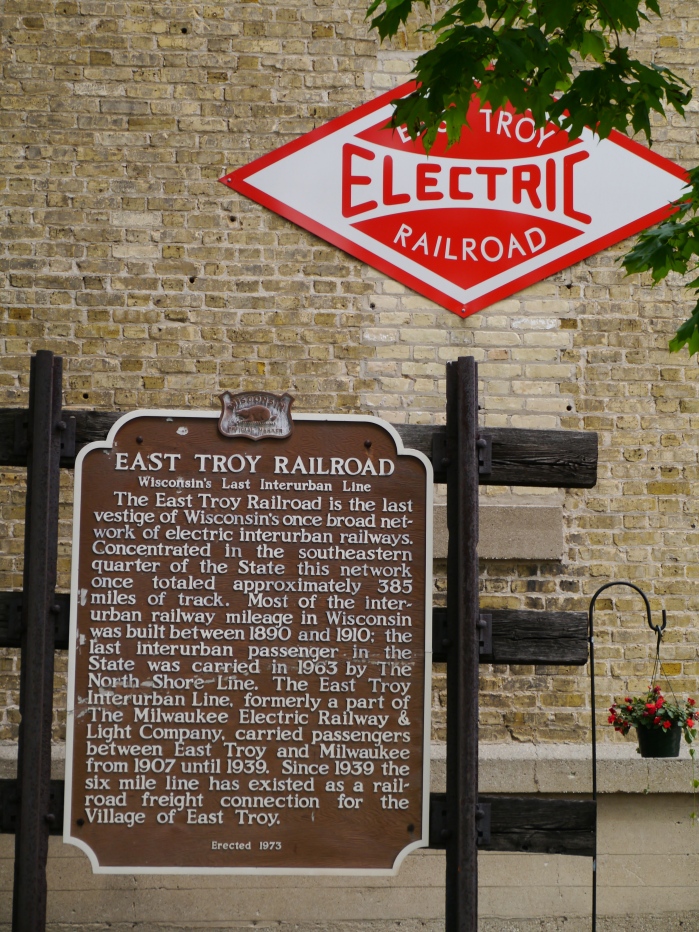
This historical marker was erected in East Troy in 1973. The six-mile line is no longer used for freight. (Photo by David Sadowski)
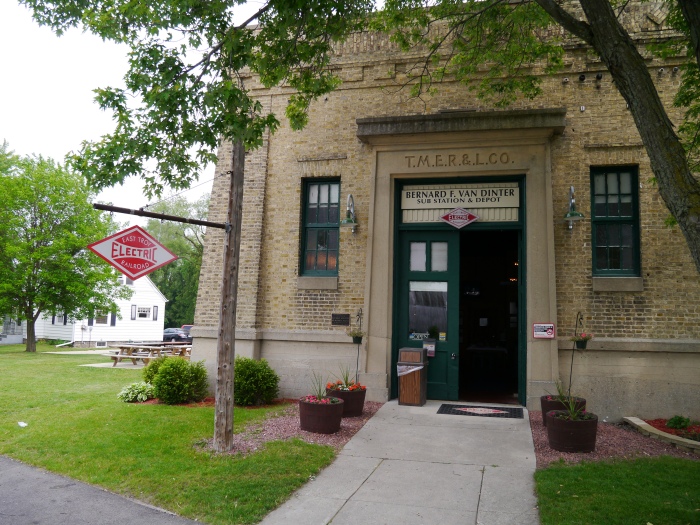
The East Troy Electric Railroad depot and substation in East Troy is on the National Register of Historic Places. (Photo by David Sadowski)
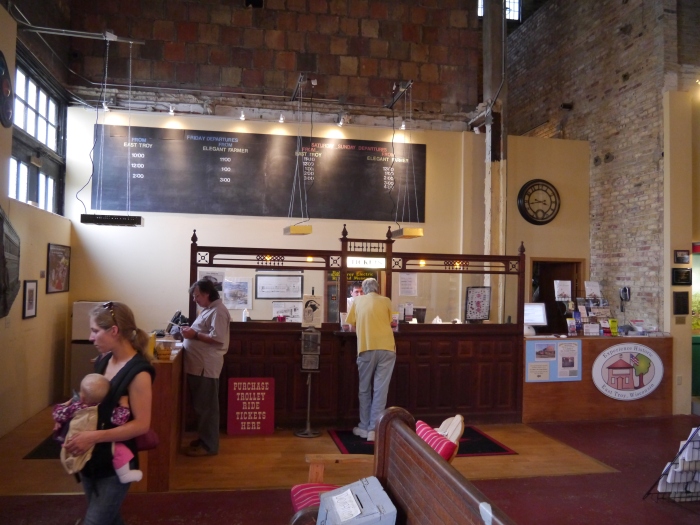
Ticket booth at the East Troy depot. (Photo by David Sadowski)
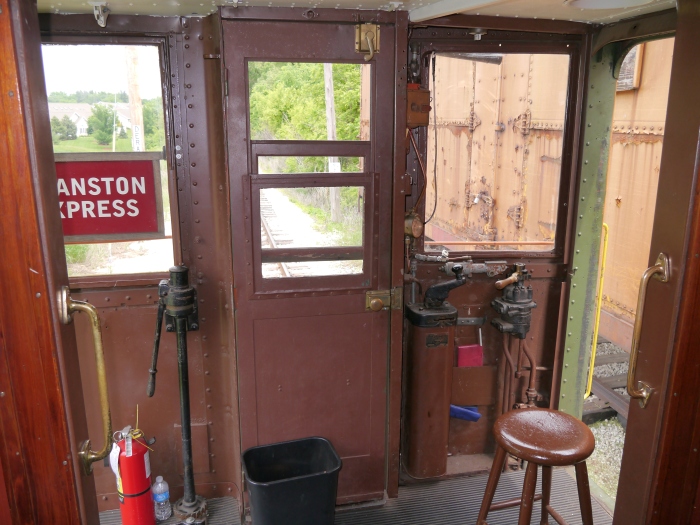
The cab of CRT/CTA car 4420, with a “coffee grinder” controller of the same type as the one shown in the CERA logo. (Photo by David Sadowski)

View of the single track line looking east from East Troy. (Photo by David Sadowski)
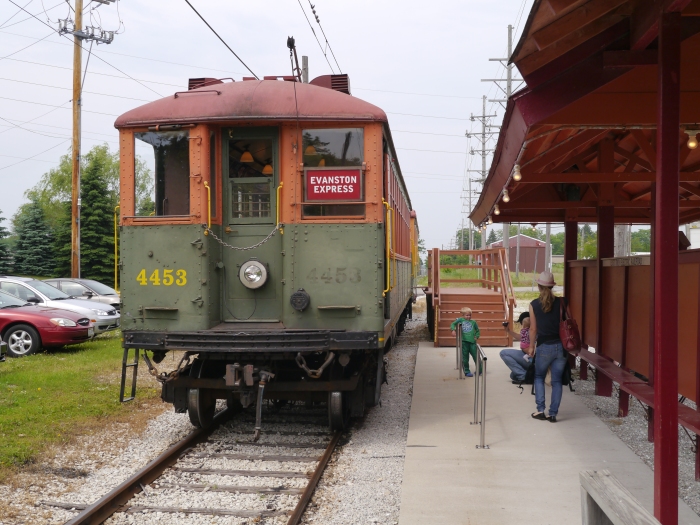
4453 at the Mukwonago depot. (Photo by David Sadowski)
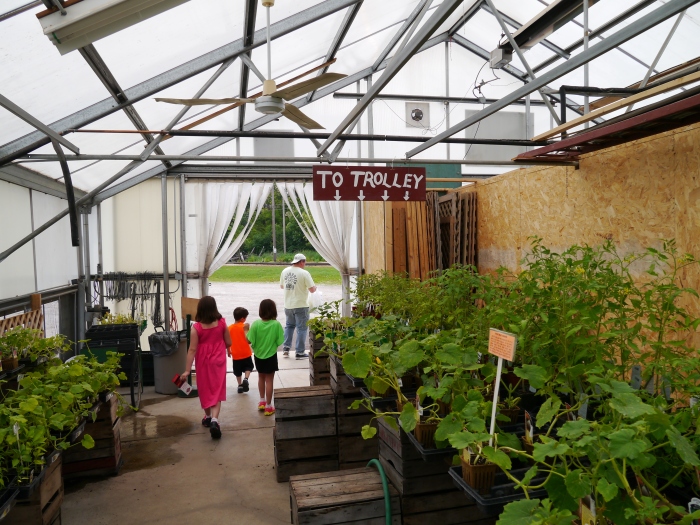
The Elegant Farmer in Mukwonago. (Photo by David Sadowski)
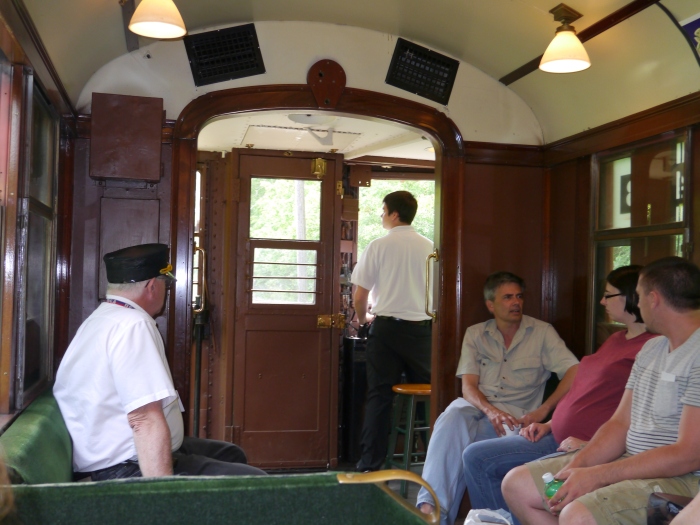
Mentoring a new motorman. (Photo by David Sadowski)
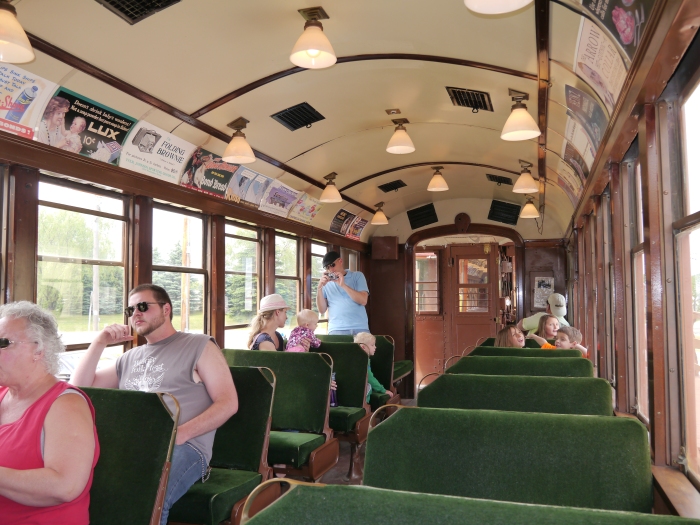
Interior of CRT/CTA rapid transit car 4453. (Photo by David Sadowski)
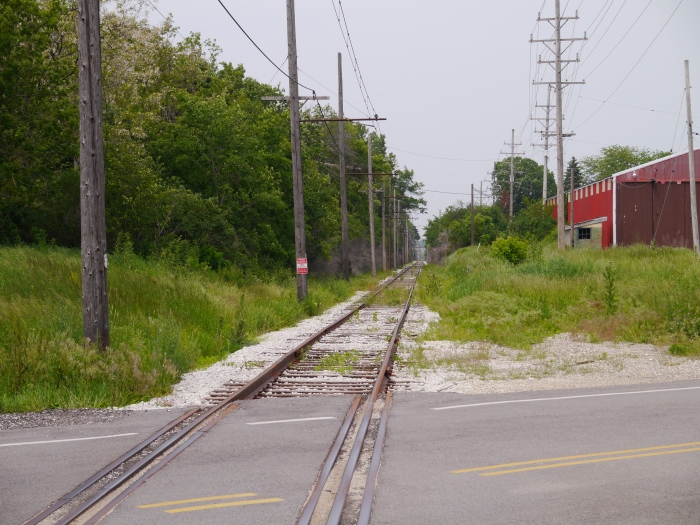
There is some additional trackage beyond the Mukwonago depot that is not used in regular service. (Photo by David Sadowski)

The passing siding in the middle of the line between East Troy and Mukwonago. (Photo by David Sadowski)
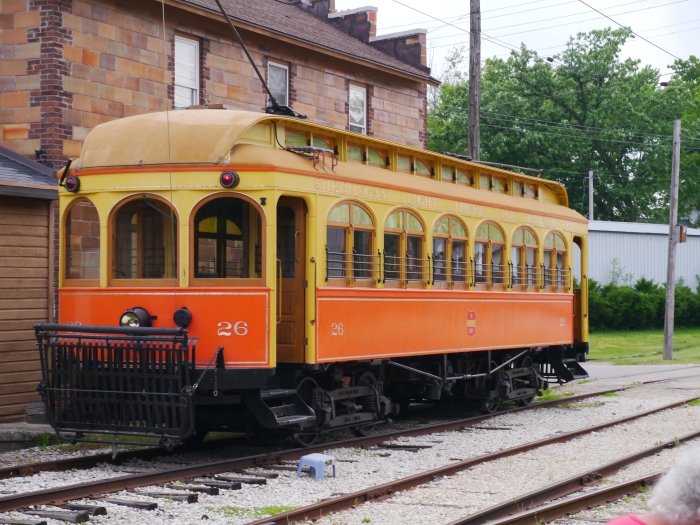
Sheboygan Light Power & Railway wooden interurban car 28 was built in 1908 and ran until 1938, when it was sold to a private family for use as a summer cottage. It remained this way for the next 50 years. Restoration began in 1998 and was completed in 2005. (Photo by David Sadowski)
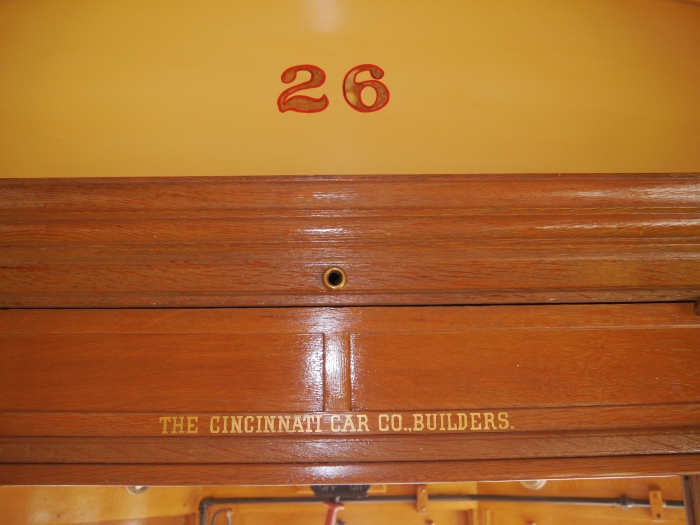
Like the 4000s, the Sheboygan car was built by the Cincinnati Car Co. (Photo by David Sadowski)

Interior of restored Sheboygan car 26. (Photo by David Sadowski)
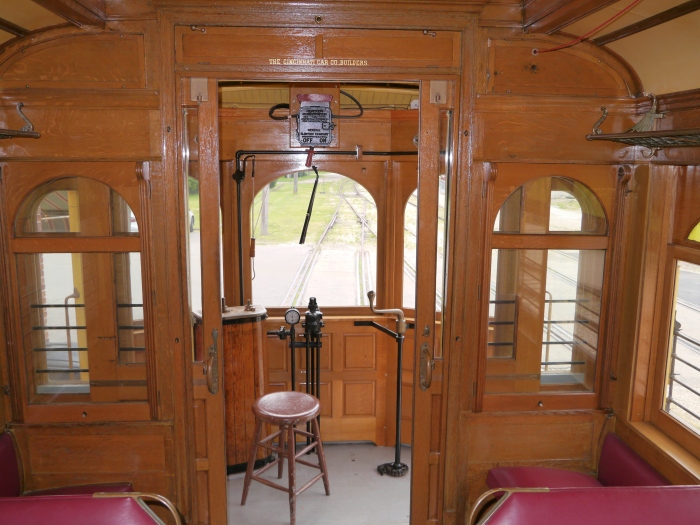
Interior of restored Sheboygan car 26. (Photo by David Sadowski)
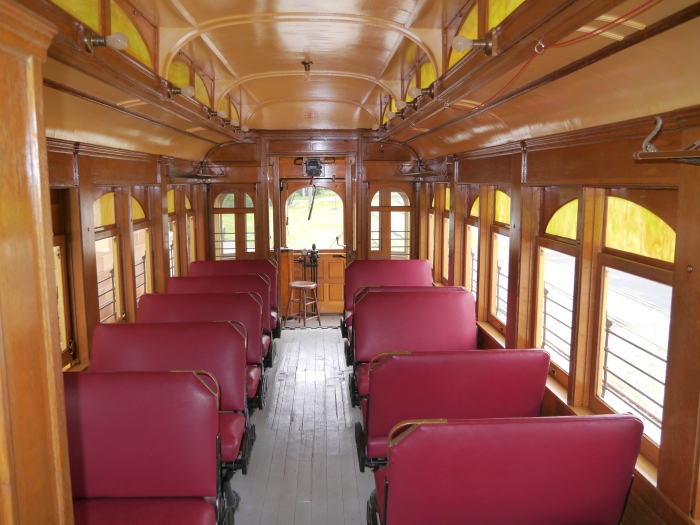
Interior of restored Sheboygan car 26. (Photo by David Sadowski)
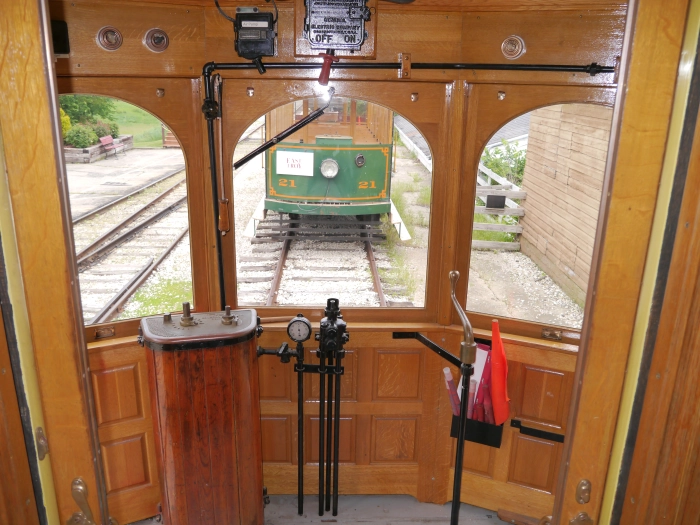
Interior of restored Sheboygan car 26. (Photo by David Sadowski)
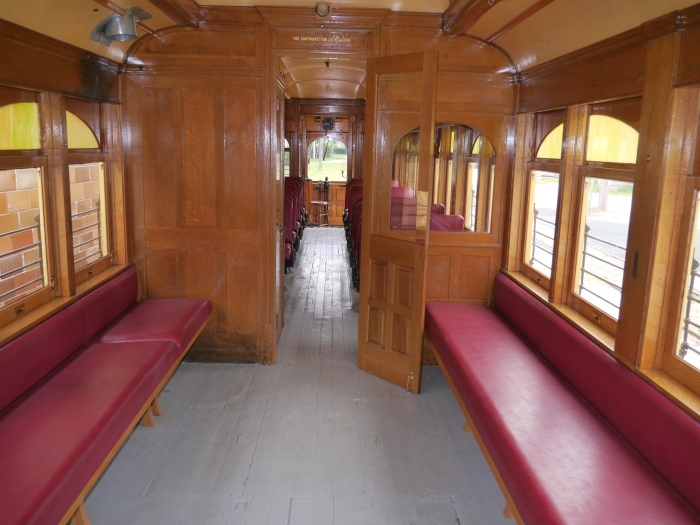
Interior of restored Sheboygan car 26. (Photo by David Sadowski)
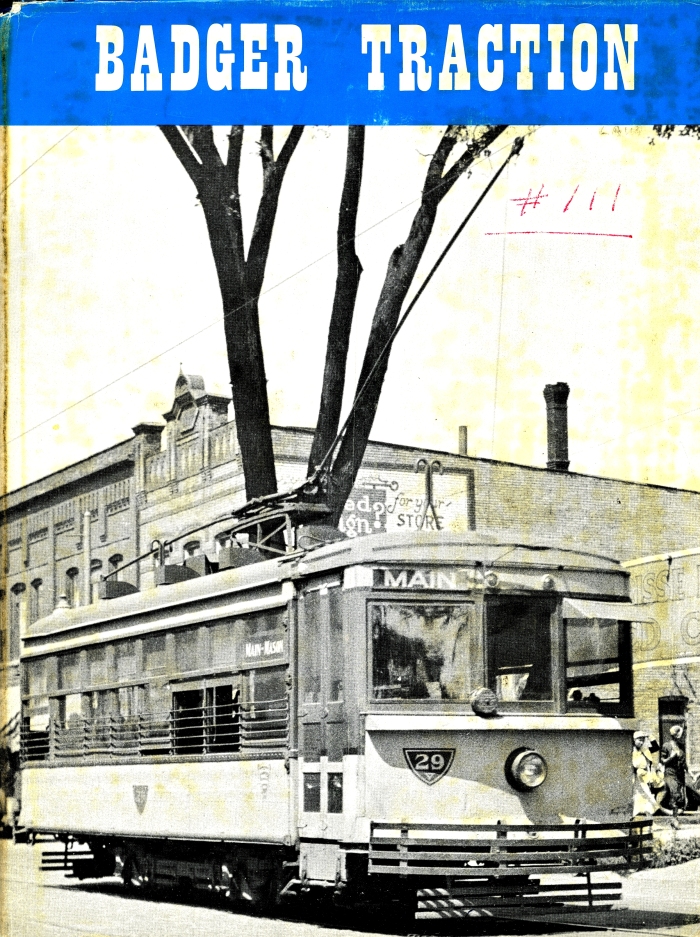
Wisconsin trolleys have long been a favorite subject of CERA books, many of which are now collector’s items. Badger Traction (B-111), published in 1969, is one such book.

The massive TM book, CERA B-112, was published in 1972 and is another such collector’s item focusing on Wisconsin’s long traction history.
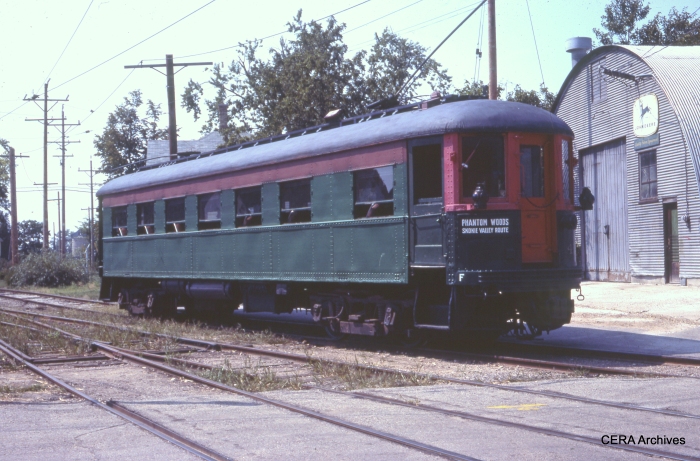
CNS&M 411 at the East Troy Trolley Museum in November 1976. It was built by Cincinnati Car Co. in 1924 as an observation trailer car, later converted to coach. From 1964-74 it was owned by the Trolley Museum of NY. In 1974 it was sold to the The Wisconsin Electric Railway Historical Society, and then in turn to the Escanaba & Lake Superior RR in Wells, MI in 1984, where it remains today. (Photographer unknown)
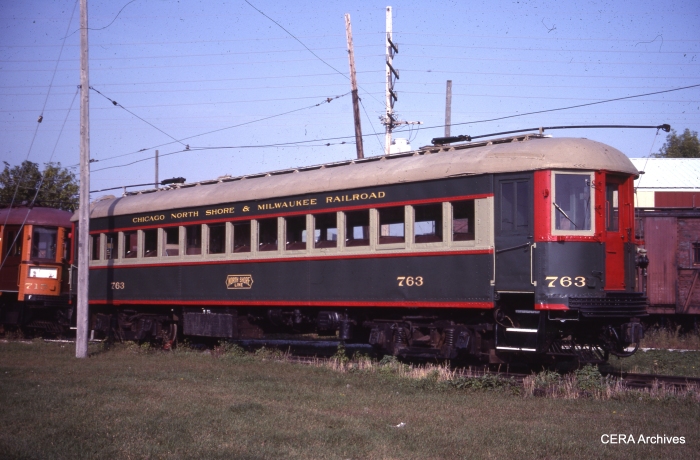
CNS&M 763 in Mukwonago, Wisconsin on October 1, 1983. This car was sold to the Illinois Railway Museum in 1988. (Photo by Mike Sosalla)
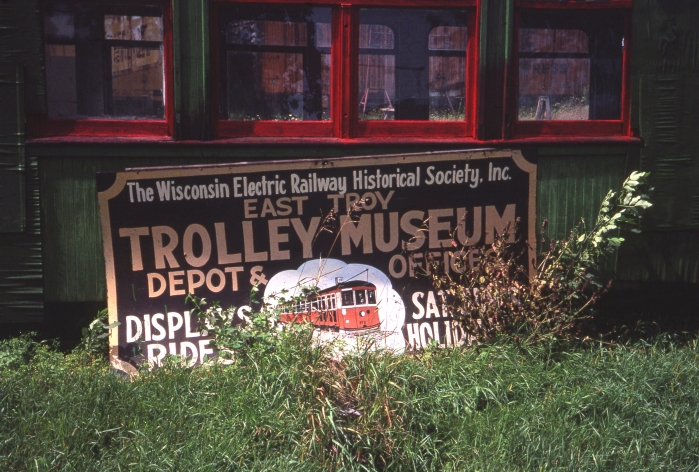
A discarded sign from the original East Troy museum group, as it appeared in August 1987. (Photo by David Sadowski)
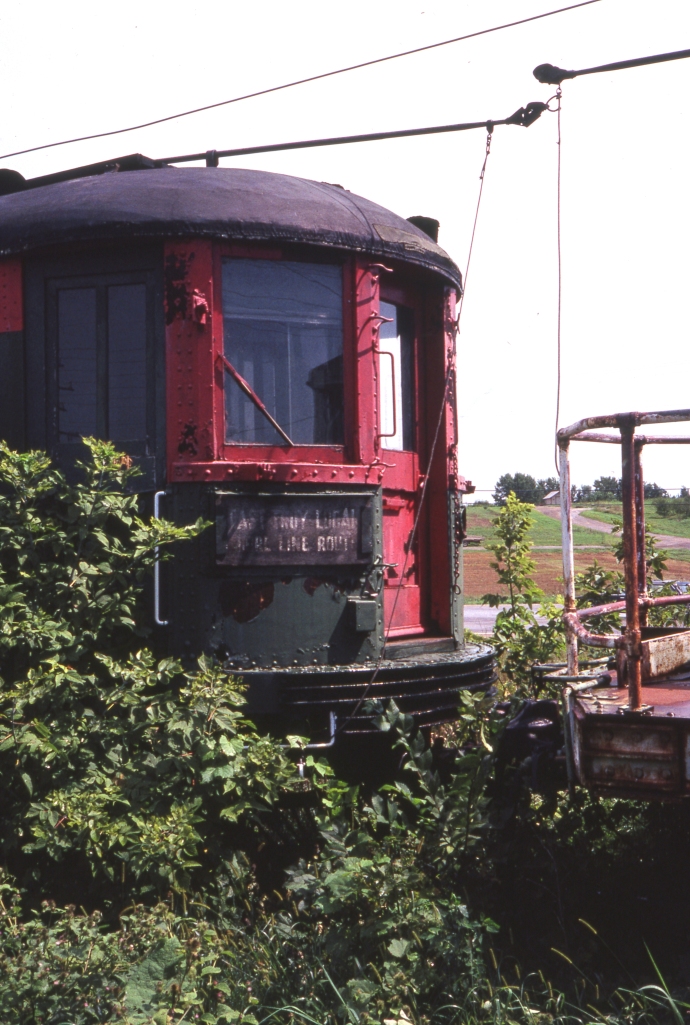
A North Shore Line car at East Troy, as it appeared in August, 1987. (Photo by David Sadowski)
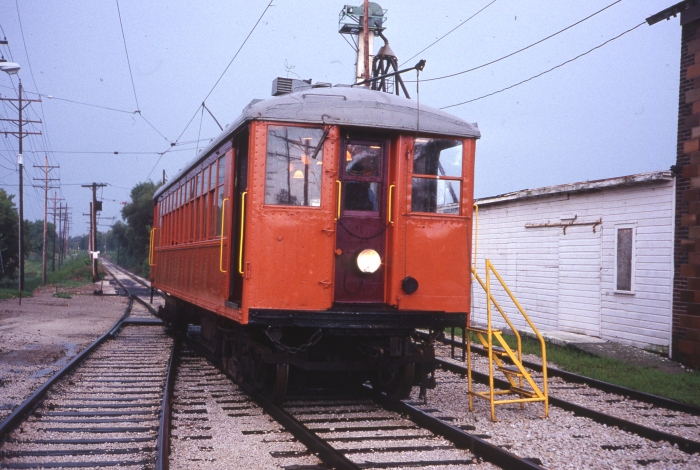
One of East Troy’s 4000s in “traction orange,” as it looked in August, 1987. (Photo by David Sadowski)